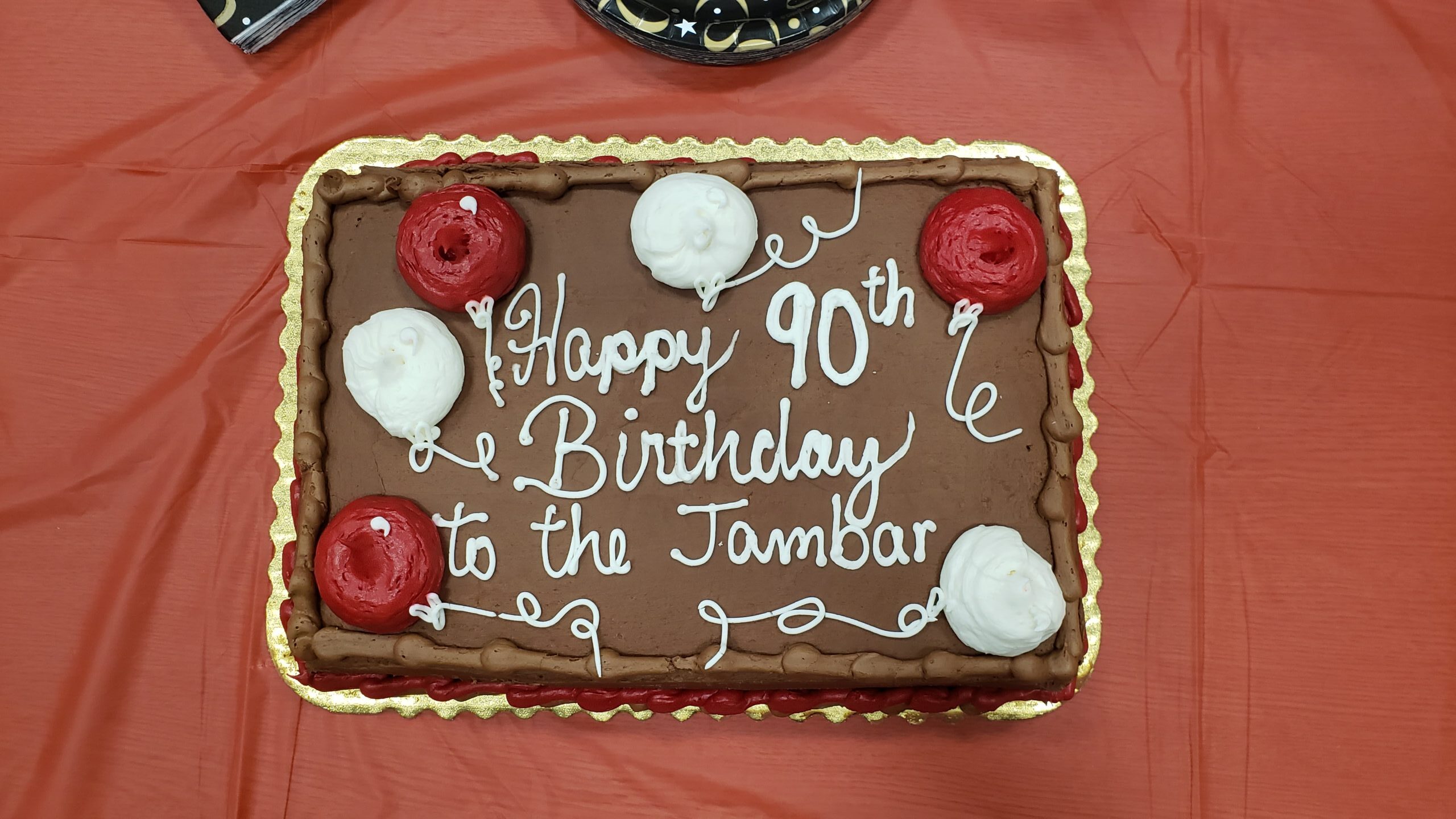By: Leonard Glenn Crist, former editor-in-chief
Date: January 19, 2006
Previously published in 2006, former editor-in-chief Leonard Glenn Crist details the history of our name, The Jambar. This article first appeared in the 75th anniversary edition of the paper.
There is a simple answer to the question, “What’s a jambar?”
A jambar was a tool used in the mills during the production of steel and iron, literally a bar that jams molten lava.
We have one displayed in our office in the basement of Fedor Hall, [now located in Kilcawley Center] donated by Burke Lyden, the man who founded The Jambar in January 1931.
But there is a much deeper answer that gets at the heart of what this pa{“type”:”block”,”srcClientIds”:[“ed2be2bd-3fc9-48f4-b878-e9ea505642e0″],”srcRootClientId”:””}per stands for, an answer perhaps put into perspective the paper’s longstanding editorial slant to the left.
Before my time at the paper, Lyden would regularly visit The Jambar, checking up on the staff, offering advice and wisdom and recounting how he founded the paper.
Lyden passed away in 2001 at the age of 91, but his impact is still being felt and likely won’t soon be forgotten.
90 years ago, Lyden was a student at then Youngstown College, active in fencing and the president of a pre-med fraternity. He noticed the college didn’t have a student newspaper, so he assembled a staff of volunteers and started one.
A good sense of history and a healthy distrust of authority are qualities all good journalists should exhibit, and Lyden’s choice of the name “The Jambar” for his new publication indicates he had both.
You see, a jambar wasn’t just a tool of the working people of the Mahoning Valley standing up and expressing outrage at the lack of respect they felt the industrial magnates of the 1800s and early 1900s showed their employees.
The steel mills that put Youngstown on the map were hot, dangerous places and the men who toiled in them were hardworking and proud. But when the descendant of John Young, Youngstown’s founder, decided to move back cast, abandoning the town he founded, many residents were bitter.
With no more Youngs in the town that bore its name, a number of residents took to calling the city Jambar, an organic people’s revolt honoring the mill workers instead of the callous founding family.
The name was never legally changed though, and as the resentment subsided over the year, Jambar as nickname for Youngstown began to lose popularity.
But it wasn’t forgotten.
When Burke Lyden got his notion to start his student newspaper in 1931, his sister suggested naming it The Jambar. A quick glance at Lyden’s surroundings in Depression-era Youngstown would reveal vast inequalities. While mansions stood tall, the Great Depression was forcing people into the soup kitchen lines on Elm Street. To add insult to injury, the air was filthy with coal dust spewed from the mills.
So for Lyden, the name The Jambar seemed appropriate. It was a subtle commentary on his surroundings, a slightly antiquated revolt against authority.
Lyden and his group of student volunteers printed those first editions of The Jambar on a mimeograph machine. The paper cost 2 cents and included an editorial, student news, humor and gossip.
Over the years, of course, technology improved. Today, The Jambar’s newsroom rivals that of many professional newspapers. Hopefully the long tradition of The Jambar, which extends before the birth of this student newspaper 90 years ago, will continue far into the future.
Burke Lyden, we thank you.
